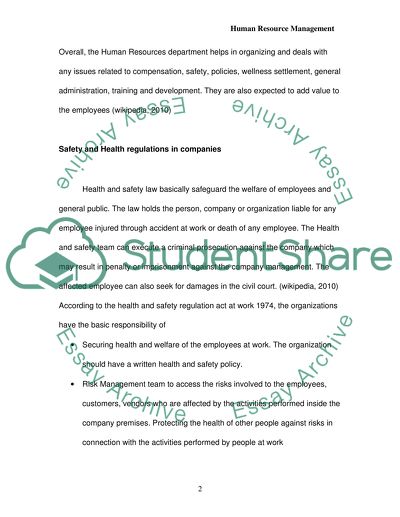Cite this document
(“Human Resource Management Assignment Example | Topics and Well Written Essays - 4250 words”, n.d.)
Retrieved from https://studentshare.org/human-resources/1416054-human-resource-management
Retrieved from https://studentshare.org/human-resources/1416054-human-resource-management
(Human Resource Management Assignment Example | Topics and Well Written Essays - 4250 Words)
https://studentshare.org/human-resources/1416054-human-resource-management.
https://studentshare.org/human-resources/1416054-human-resource-management.
“Human Resource Management Assignment Example | Topics and Well Written Essays - 4250 Words”, n.d. https://studentshare.org/human-resources/1416054-human-resource-management.


